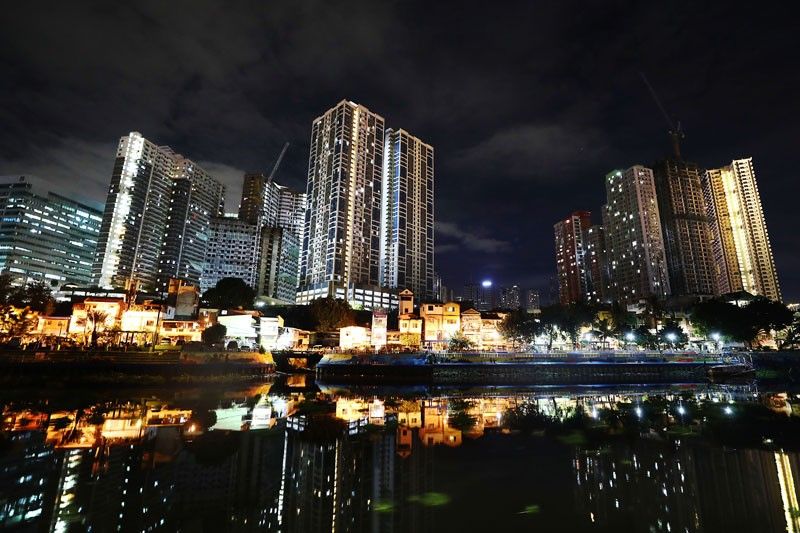Economy 'starting to recover' from pandemic devastation — Dominguez

MANILA, Philippines — The Philippine economy already bottomed out and is showing signs of recovery from the devastation of the coronavirus pandemic and lockdowns that crippled businesses, Finance Secretary Carlos Dominguez III said on Friday.
“The economy actually is already beginning to recover. We already hit the lowest part of the economy which is in April and May… It is already picking up now,” he said during a recorded briefing televised Friday morning.
Dominguez made the statement in response to an inquiry from President Rodrigo Duterte who ultimately decided on Friday to keep Metro Manila, Calabarzon and neighboring urban regions under the general community quarantine (GCQ) regime over the next 15 days.
In several instances, Dominguez batted for more relaxation of quarantine controls in the National Capital Region and Calabarzon to allow businesses in the area to operate and consumers to go out and spend. A looser modified GCQ was pushed for the areas, which combined, account for more than 70% of annual economic output.
While the decision on Friday meant this is yet to be realized, Dominguez said a “pick-up in business activity” is still expected in the coming months. Last week, in the face of rising coronavirus disease-2019 (COVID-19) cases, the trade department allowed gyms, pet shops and other establishments to go back in business at 30% capacity in GCQ areas.
“We have a few problems. Number 1 is transportation. We have to have more transportation available. We have to encourage people to spend money so that the economy can start picking up,” the finance chief said.
The Philippine Statistics Authority is scheduled to report the second-quarter economic performance on Aug. 6, which the government itself expects to show the Philippines have joined other nations like the US to have entered a recession.
That means a second straight quarter of contraction that followed a 0.2% slump in the first three months. Economic officials said the drop was likely worse from April to June at the height of stringent lockdowns, but central bank Governor Benjamin Diokno had said this also means the “worst is over” for the economy.
Going back to normal
The good news, Dominguez said, is that a vaccine for the deadly disease appears to be on track to reaching the market by December. The Philippines is preparing ahead to make bulk purchases of these vaccines, which once administered to a large group of people, should give the economy a big boost.
“Once the vaccine is available, I’m sure the economy can now fully open. We can go back not to the new normal, but to normal,” he said.
Pending the vaccine however, Dominguez remained optimistic that the economy remains in “good shape” to “overcome this crisis” primarily because money supply is not a problem, which means there are enough funds to finance a recovery and that confidence is the only one lacking for spending to kick off.
“We do not have problems in liquidity. The economy is not short in money. The inflation is relatively low. Our peso is the strongest currency in Asia. People have faith in us. We are in good shape to overcome this crisis,” he said.
Under the last update on May 27, economic managers are projecting the economy to contract between 2-3.4% this year before bouncing back to 8-9% growth in 2021, heavily as consequence of low-base effect. By 2022, the economy is assumed to expand 6-7%.
- Latest
- Trending




























